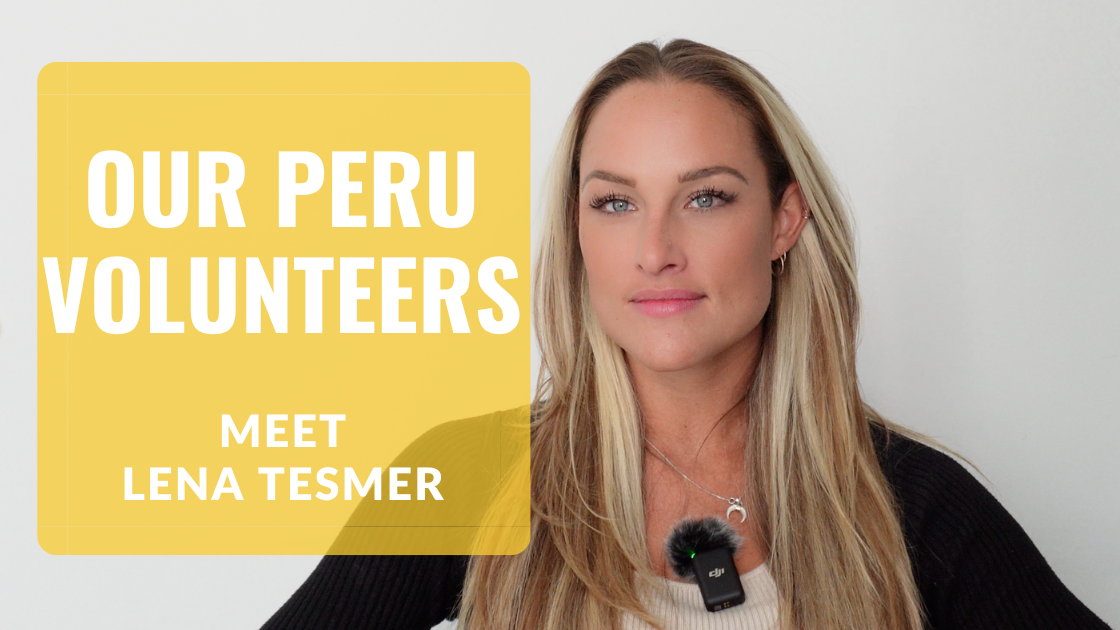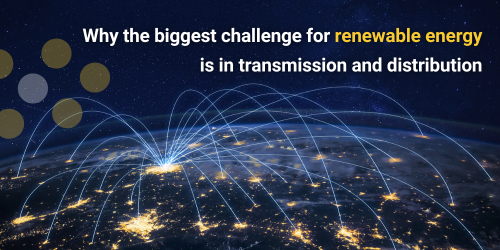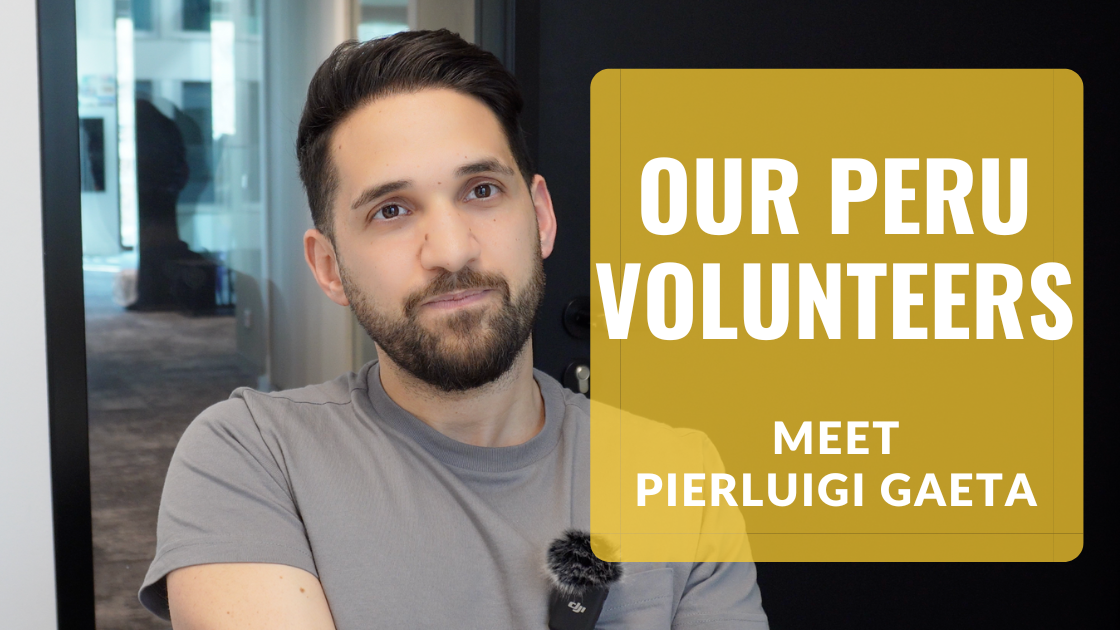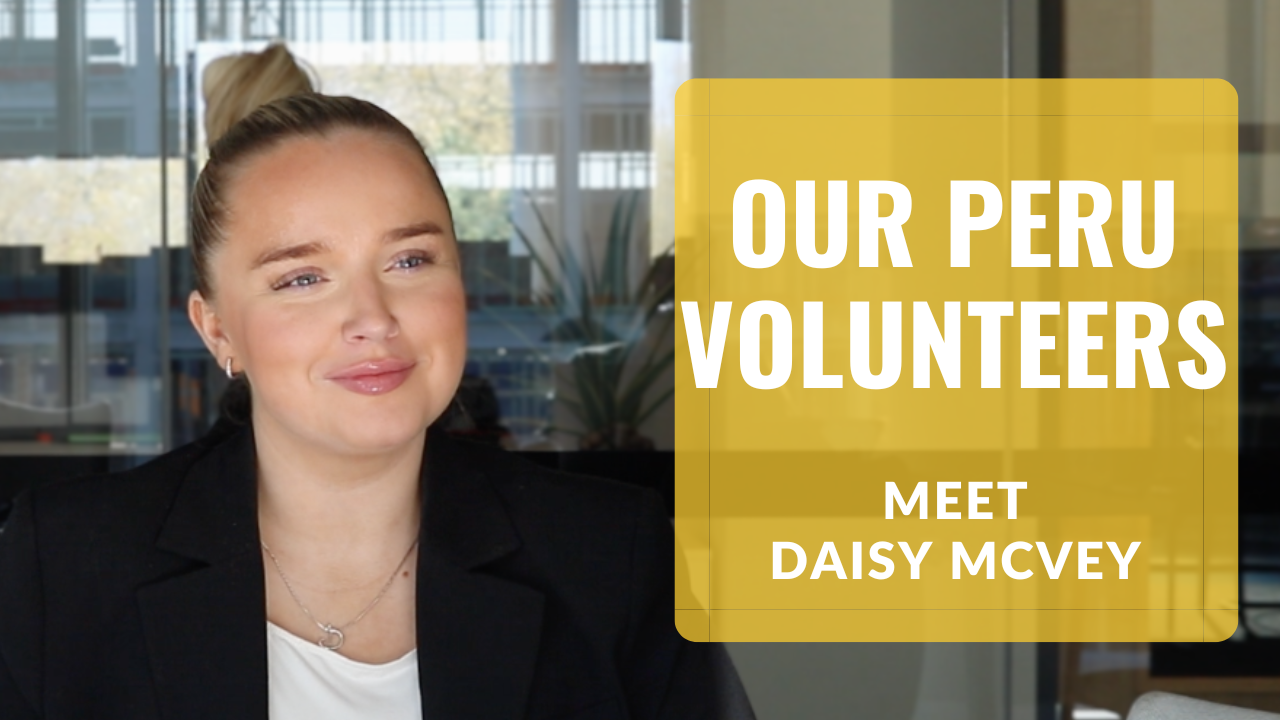
“Climate change is the hardest problem humanity has ever faced, but I believe we have the human ingenuity to solve it. And if you care about climate change, you should care about transmission.
Put simply: Transmission is key to our clean energy future” - Bill Gates.
The growth of the renewable energy market over the last few years is defined by the installation of onshore and offshore wind farms, large-scale and rooftop solar panels, hydroelectric dams and hydrogen facilities. In short: when we talk about renewable energy, we usually focus on generation.
But one of the biggest challenges the global renewable energy industry has to overcome is one that many haven’t considered - the transmission and distribution networks that deliver that power.
What is wrong with America’s Power Grid?
The average age of the national power grid infrastructure in the USA is 40 years. Some of our oldest cities still use infrastructure close to 100 years old. Not only does that naturally offer risks from wear, stress, and weathering, but it also has to cope with demand and requirements that it simply wasn’t built for.
The latter is key here: the use of renewable power raises two significant challenges for the existing grid.
Firstly, solar and wind farms aren’t built in the same locations as conventional energy generation traditionally was. Fossil fuel-burning plants would be built close to cities and urban areas, with the fuels transported there before being burned to generate power. Solar and wind farms, however, need to be built in the best locations for generation - you build them where the energy source is more prevalent.
So longer, more efficient lines are required to transport power farther.
Secondly, a great benefit of renewable energy is decentralisation, but that creates its own problems for a grid built on centralised distribution. Small-scale solar such as rooftop panels, home battery storage devices or electric vehicle-to-grid capabilities allow for two-way flows - hugely beneficial for the consumer, but far beyond what was imagined when these grids were being built many years ago.
And finally, the nature of energy, like solar and wind power, is inconsistent. More power is generated when the wind is strong and the sun is shining and while that energy can be stored, it still has to be transported to storage facilities. Infrastructure built for fossil fuels is built for a consistent, steady flow of electricity, not peaks and troughs.
Add to that the massive increase in demand that we’ve already had over the last few decades, and is only going to go further as we build more and start to rely more on the electrification of other areas, such as transportation (electric cars didn’t exist when much of America’s grid was built).
The IEA predicts that global electricity demand will increase between 75% to 120% from 2021 levels by 2050. So the grid has to cope with that, as well as all of the above.
What is the solution?
Upgrades are essential, and those who work in this field have known that for a long time. The topic even came up in our recent podcast episode with Conor Grogan, co-founder and co-CEO of Hawthorne Renewables (which you can listen to here).
Conor said:
“Utilities have, in a lot of cases, been slow to adopt new renewables and to really kind of blue sky think about how the grid network is going to work under this new technology and this new way of thinking. So there's been a lot of patching up the grid network in order to facilitate renewables. And it's worked, and a lot of renewables are on the grid around the world. But, you know, a lot of the interconnection infrastructure is now creaking a little bit. And there's not a whole lot of new transmission that's happening or planned in the US.”
Some of this is a policy issue - new transmission projects can take many years to be planned, permitted and constructed, and many politicians aren’t willing to look that far ahead.
Another is an environmental issue - again the length of the networks and the construction that goes into them can raise environmental challenges, even though it’s ultimately there to facilitate clean energy.
But attention is starting to be drawn to this area. Bill Gates wrote an article on LinkedIn earlier this year highlighting the existing challenges and the necessity of upgrading the grid and recognising the damage that the existing network is already having - such as the impact of grid failures in Texas during winter storms leading to hundreds of deaths and millions in the cold, without any power.
He claimed that the US had three main barriers to overcome:
Planning: which requires looking at long-term needs and not just short term forecasts, as has historically been the case with infrastructure construction.
Paying: for which he suggests the FERC address cost allocation by spreading the cost of big projects across entire regions instead of asking only the people at the end of the line to pay.
Permitting: which he says needs simplifying so that policymakers can work together better to speed up the process for installing new lines.
But change is happening, as Conor mentioned in our podcast:
“Thankfully…Washington is listening. There are utilities in the area being forced to rework their queue processing systems to start thinking of developing new transmission networks because without that there won't be the scale and the targets and the really ambitious renewables targets that the programme or the administration has at the moment. It's difficult to see how they'll be materialised if the interconnection infrastructure can't facilitate it. So hopefully there's light in the end of the tunnel.”
What does change look like?
Policy changes are clearly key, and as more people grow aware of the issues and outcomes of relying on the existing grid network, hopefully as Conor says, more of these will be addressed.
There are several transmission and distribution specialists leading projects that will install new technologies, significantly better than the current grid.
This includes grid enhancement technologies like power flow controllers and dynamic line rating to manage congestion. Plus, digitalisation devices include built-in sensors and decentralised systems to measure and manage consumption and automatically control the grid output in response to real-time data.
Bi-directional response sensors also manage the decentralised inputs to the grid, using the power generated or stored from home devices and electric vehicles to contribute to the wider grid and smooth the impact of peak loads.
This represents a huge change in the opportunities that there are for professionals working in transmission and distribution projects. As the necessity for these becomes more apparent and policies begin to change that will allow more investment and faster planning for T&D projects, the industry is poised to become the next big area for engineering jobs.
That means an increase in traditional T&D jobs like project development, construction and engineering - to include digitalisation and embedded systems experts. The range of jobs is set to broaden as the number of projects increases, making this a very exciting time to be working within this industry.
Amoria Bond’s energy teams work with leading businesses across the renewable market, from the installation of wind and solar farms to transmission and distribution projects across the USA.
Stay ahead of the trend by building your profile in the T&D world now - reach out to our energy recruitment experts to learn about all the latest opportunities we have within this exciting, growing sector.




